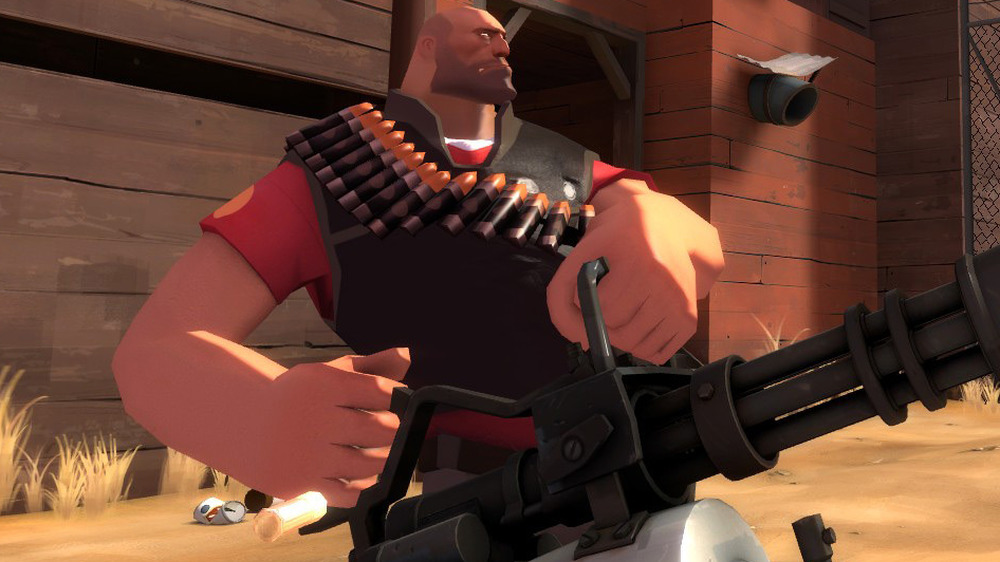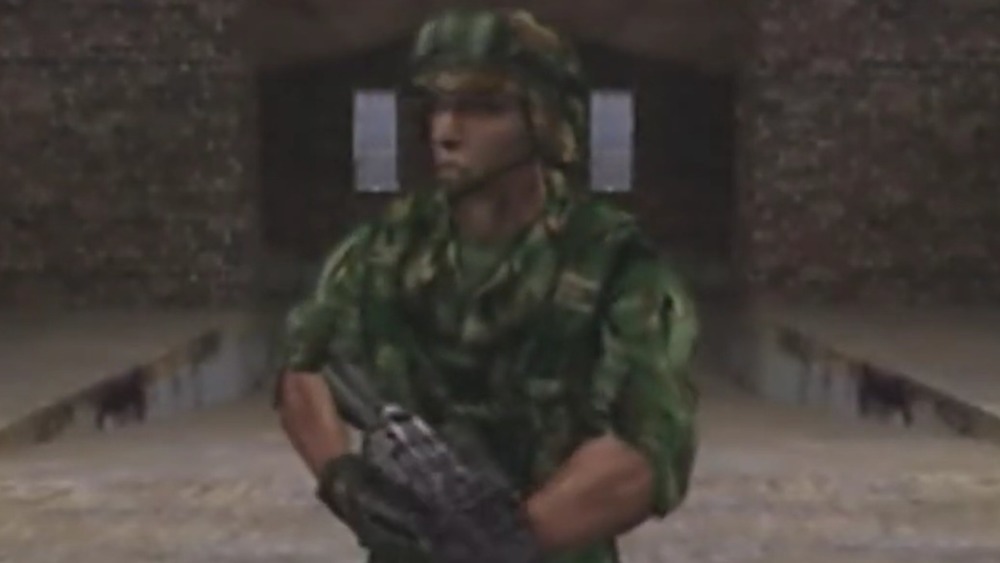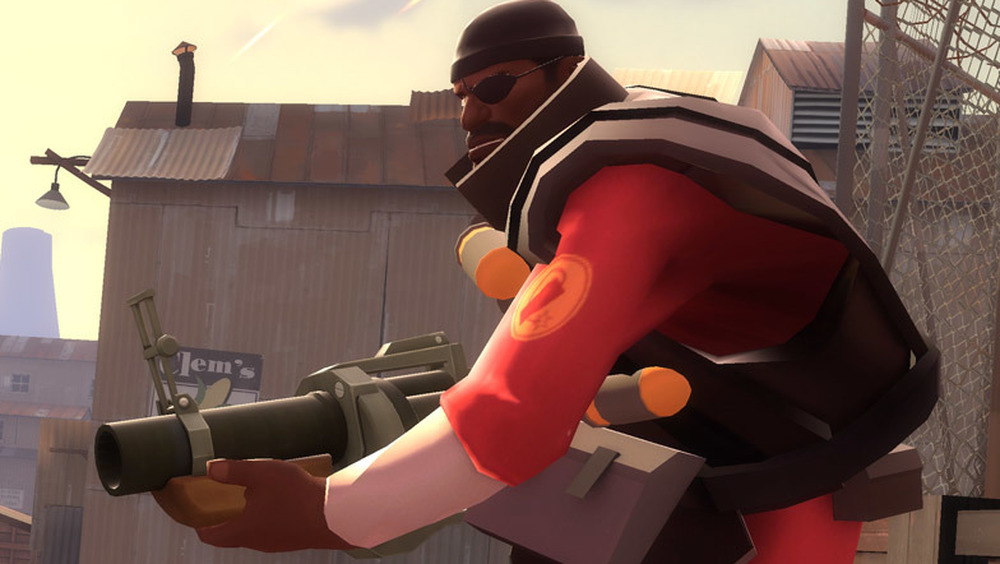The Truth About Team Fortress 2's Turbulent Development Cycle
When Team Fortress 2 arrived as a part of The Orange Box, which also included the groundbreaking Portal and memorable Half-Life 2: Episode Two, no one could have predicted the impact it would have.
Despite being the realization of almost a decade's worth of development time from Valve, it arguably wasn't even the most celebrated game that came in that compilation. After all, Portal received multiple Game of the Year awards, and Wired placed it alongside its Orange Box companion Half-Life 2 as one of the most influential games of the 2000s.
What critics couldn't predict, however, was that Team Fortress 2 would help to introduce the games as a service approach that would come to dominate the industry in the 2010s. Team Fortress 2's unlockable cosmetics, multiplayer storytelling, and narratives spanning years would be replicated by Destiny, Fortnite, and Apex Legends ten years later. The road to creating a new standard for a multiplayer experience was anything but easy for developer Valve. Here is the truth about the turbulent development cycle that brought Team Fortress 2 to the world.
The original Team Fortress 2 looked nothing like the finished product
To understand the process of the development journey that Team Fortress 2 took, it's helpful to know a little bit of the series' history. Team Fortress first appeared in 1998 as a mod for the original Quake. Valve acquired the development team behind that mod in 1998 to develop Team Fortress 2. While planning that game, Valve also released a modification for the original Half-Life called Team Fortress Classic.
The first glimpse the public had at the original concept for Team Fortress 2 came from a 1999 trailer for what was then known as Team Fortress 2: Brotherhood of Arms. This version of the game was built on the original Half-Life engine, GoldSrc, which was in turn a modified version of the Quake engine. It featured a realistic aesthetic that was a departure from the stylized, red versus blue design schemes featured in Team Fortress and Team Fortress Classic.
Team Fortress 2: Brotherhood in Arms experienced multiple delays, as noted by a Eurogamer preview from 1999. The game was held back by attempts to implement ambitious goals such as in-game voice communications, lip-synching, and landing vehicles.
Team Fortress 2 went through multiple secret builds
As Team Fortress 2 slipped further behind schedule, Valve continued to work on Half-Life 2 and the new technology behind it, the Source engine. GameSpot reported in the summer of 2000 that Valve had once again delayed Team Fortress 2, this time to switch over to the new engine. Officially, that would be the last thing the public heard about Team Fortress 2 for years.
However, in Oct. 2003, German hacker Axel Gember hacked into Valve's secure networks, stole the source code for Half-Life 2, and released it on the internet. For most, the most interesting revelation from this incident was that this was how many fans learned that Half-Life 2 wasn't going to be ready by late 2003. However, for Team Fortress fans, the best part was hidden deep within the code.
Hackers found a never-before-seen early build of Team Fortress 2. It was referred to by fans as Team Fortress 2: Invasion and featured Half-Life style aliens fighting the more traditional Team Fortress marines. A team of coders even put together a playable build, demonstrating at least one of the iterations that Team Fortress 2 went through before the world saw its final, celebrated version.



